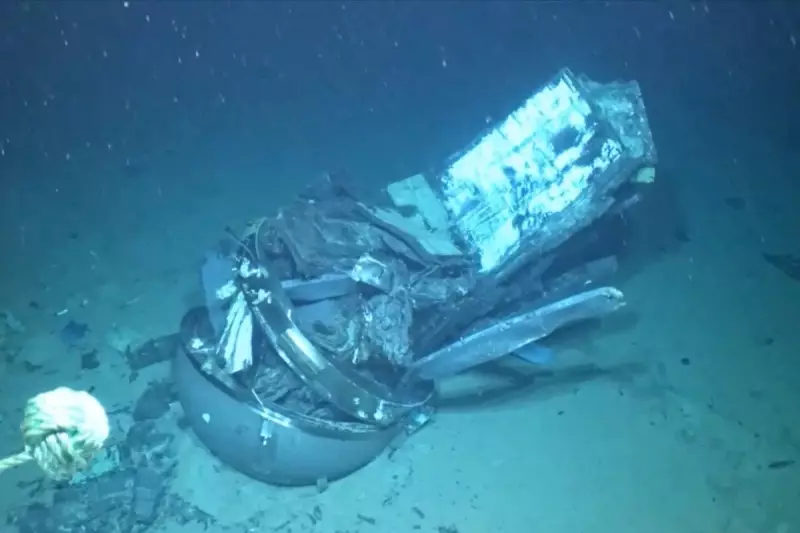
The long-awaited final report into the catastrophic implosion of OceanGate's Titan submersible has revealed disturbing details about the vessel's final moments and the series of failures that led to one of the most tragic underwater disasters in recent history.
The Fatal Descent
During what was supposed to be a historic journey to explore the wreck of the RMS Titanic, the Titan submersible suffered a catastrophic implosion, instantly claiming the lives of all five passengers aboard. The investigation confirms the vessel collapsed under the immense pressure of the deep ocean, approximately 3,800 metres below the surface.
Systemic Safety Failures
According to maritime safety experts, the disaster was the result of multiple critical failures. The experimental carbon fibre hull, combined with unconventional engineering choices, created a perfect storm of vulnerabilities when subjected to the extreme pressures of the deep North Atlantic.
Warning Signs Ignored
Multiple industry leaders and engineering experts had previously raised serious concerns about OceanGate's safety protocols and the submersible's design. The company had reportedly bypassed standard certification processes, relying instead on what they termed "innovative engineering approaches."
The Human Cost
Among those lost in the tragedy were seasoned explorers and wealthy adventurers who had paid substantial sums for the unique opportunity to witness the legendary Titanic wreckage firsthand. The incident has sent shockwaves through the deep-sea exploration community and raised urgent questions about the regulation of such expeditions.
Lessons for Future Exploration
The final report emphasises the critical need for robust safety standards in deep-sea exploration. As technology pushes the boundaries of human discovery, this tragedy serves as a stark reminder that innovation must never come at the cost of fundamental safety principles.
The investigation concludes with recommendations for international regulatory bodies to establish clearer guidelines for commercial deep-sea operations, ensuring that such a catastrophe never occurs again.





